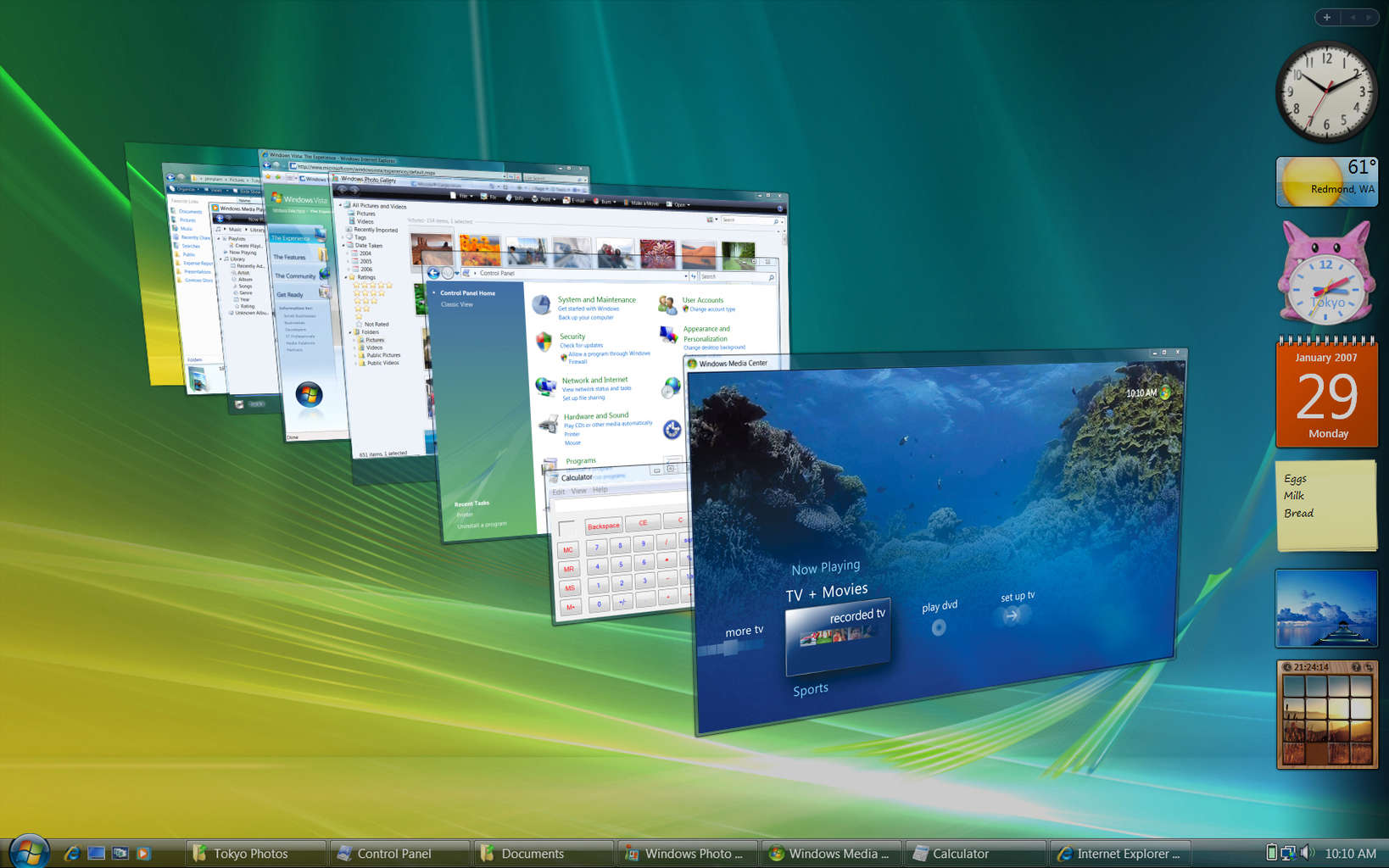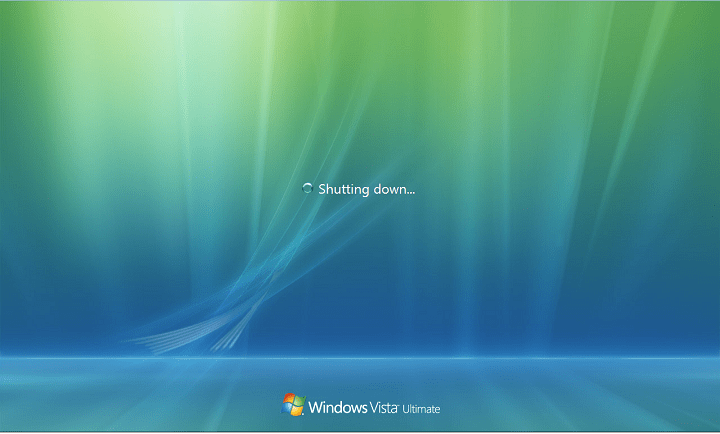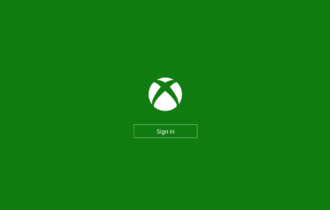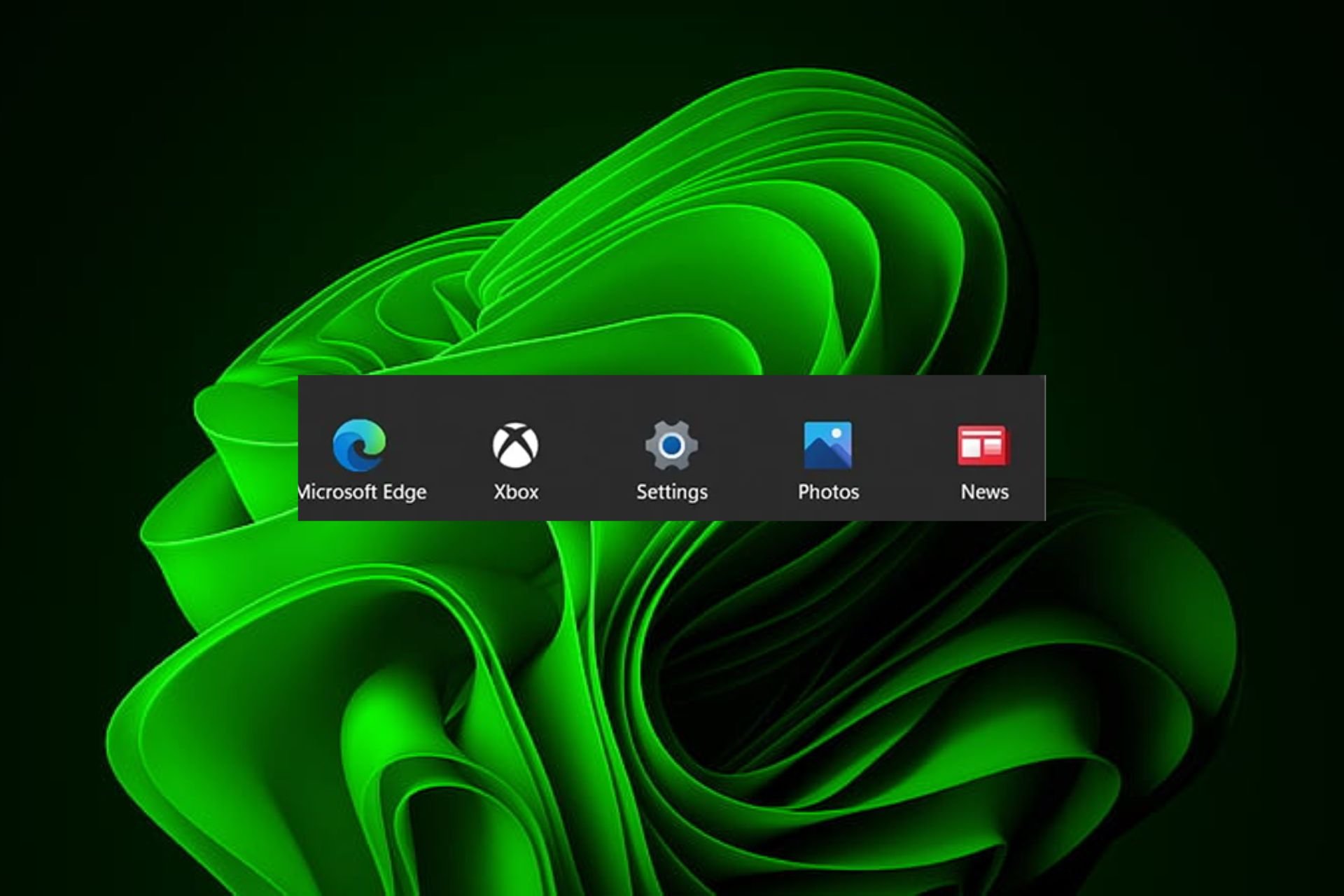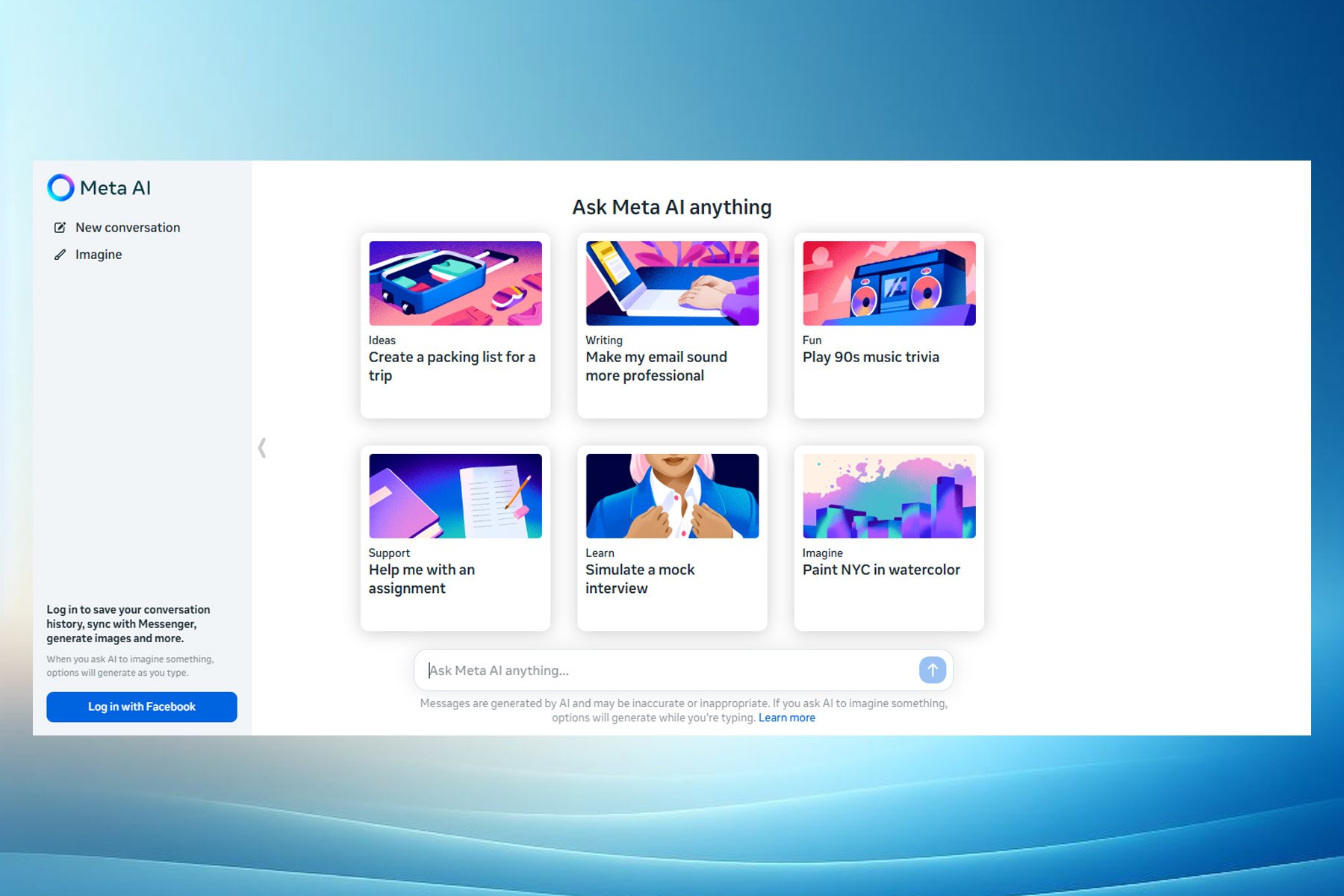Windows Vista
4 min. read
Updated on
Read our disclosure page to find out how can you help Windows Report sustain the editorial team Read more
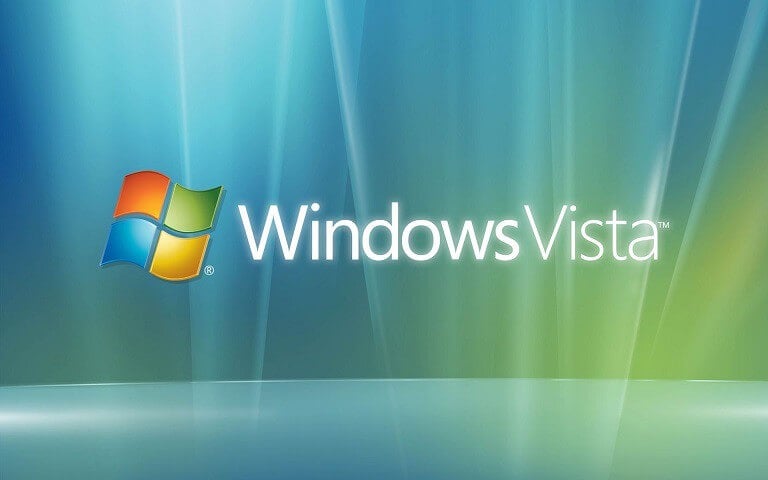
Windows Vista is an operating system by Microsoft for use on personal computers, including home and business desktops, laptops, tablet PCs, and media center PCs.
Release date
Prior to its announcement on July 22, 2005, Windows Vista was known by its codename “Longhorn”.
Development was completed on November 8, 2006, and over the following three months, it was released in stages to computer hardware and software manufacturers, business customers and retail channels.
The official launching date (when it was released worldwide) is January 30, 2007.
It was probably the most despised operating system that was installed on any PC. People remember it by the huge hard drive space that was necessary (details below). Also, its many bugs and lack of compatibility with previous software and hardware were contributing factors to this negative image.
Microsoft tried to save Windows Vista and installed many update patches, trying to correct these errors. Despite this, several initial issues persisted. Its predecessor was by Windows XP and its successor was Windows 7.
Microsoft ended mainstream support for Windows Vista on April 10, 2012, while extended support ended on April 11, 2017.
Editions of Windows Vista
There were six editions of Windows Vista, but only the first three from the list below were widely available on the market.
- Windows Vista Ultimate
- Windows Vista Business
- Windows Vista Home Premium
- Windows Vista Starter
- Windows Vista Home Basic
- Windows Vista Enterprise
All editions of Windows Vista are available on both 32-bit and 64-bit versions. The exception is Windows Vista Starter, which is only for the 32-bit format.
On October 22, 2010, Microsoft ceased sales of all copies of Windows Vista for all editions, amid the launching of Windows 7 in October 2009.
Windows Vista main features
Microsoft brought with Windows Vista many new features in various aspects of an operating system, such as security and safety, networking, new software, and new tools.
The interface was changed from Windows XP. Premium editions included Windows Aero (Authentic, Energetic, Reflective and Open). The intention was to make the user interface more pleasant with new animations and transparencies.
Also, Windows Defender and Backup and Restore Center were extremely useful tools to protect and recover your computer and your data.
The following features are just a few from a long list:
- Windows Media Center
- Backup and Restore Center
- Windows Defender
- Windows Search
- Windows Aero
From this point of Windows development forward, it is clear that Microsoft tried to incorporate more and more tools that otherwise came as third-party software.
- READ ALSO: 8 best antivirus for Windows Vista
Updates
Windows Vista updates came in two service packs and one Platform Update. The SP1 and SP2 came first and their purpose was to fix several issues with security and system, along with new features.
Platform Update was a little bit different. It also included several fixes and features, but its other main purpose was to pave the way for the next Microsoft operating system. Major components from this update were then shipped to Windows 7.
Minimum requirements for Windows Vista
As we said at the beginning, the disk space it required was huge. This is especially available for older PCs on which people used Windows Vista. The random-access memory (RAM) requirement is also big, and computers from that time had issues on keeping the operating system afloat.
- RAM: 512 MB (recommended 1 GB)
- Hard Drive: 15 GB free of 20 GB (recommended 15 GB free of 40 GB)
- CPU: 800 MHz (recommended 1 GHz)
- Graphics Card: 32 MB + DirectX 9 capable (recommended 128 MB + DirectX 9 capable + WDDM 1.0 support
Hardware Limitations for Windows Vista
32-bit versions of all editions of Windows Vista are limited to 4 GB, excepting Windows Vista Starter, which is limited to 1 GB.
Some 64-bit versions support up to 192 of RAM, such as Windows Vista Business, Enterprise, and Ultimate. Windows Vista Home Basic supports 8 GB and Home Premium 16 GB.
Regarding physical processors, the limitation is 2 for Windows Vista Business, Enterprise, and Ultimate. For Windows Vista Home Basic, Premium, and Starter, the limitation is 1.
Logical CPU limitations are 32 for 32-bit versions and 64 for 64-bit versions.
[wl_faceted_search]

